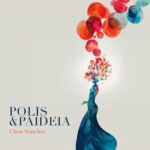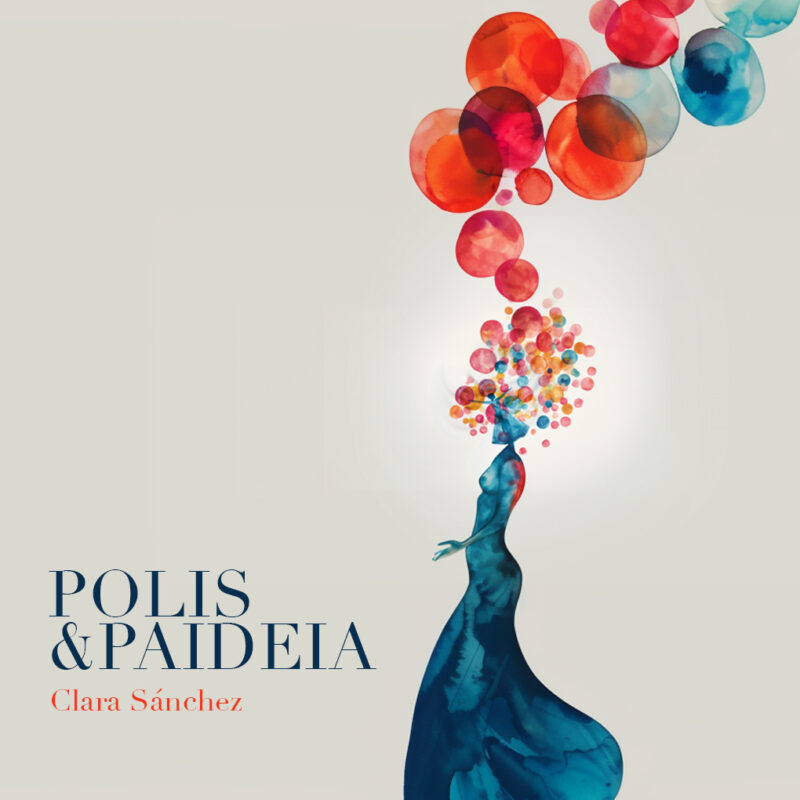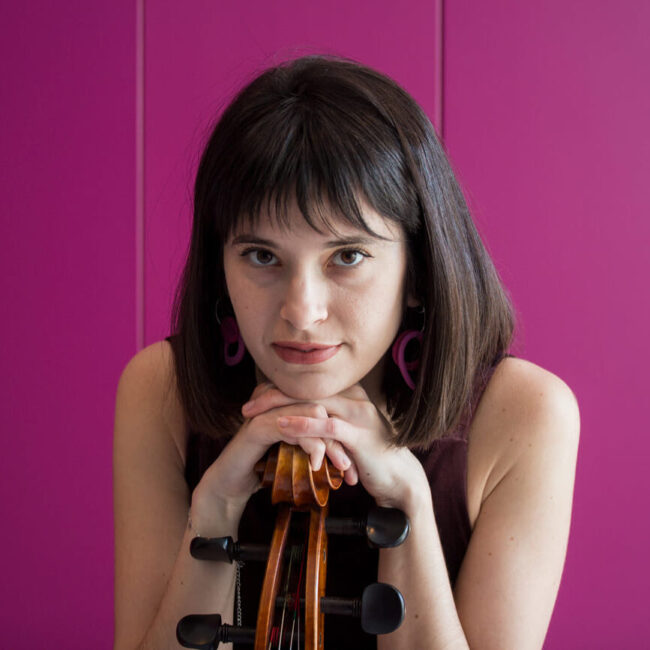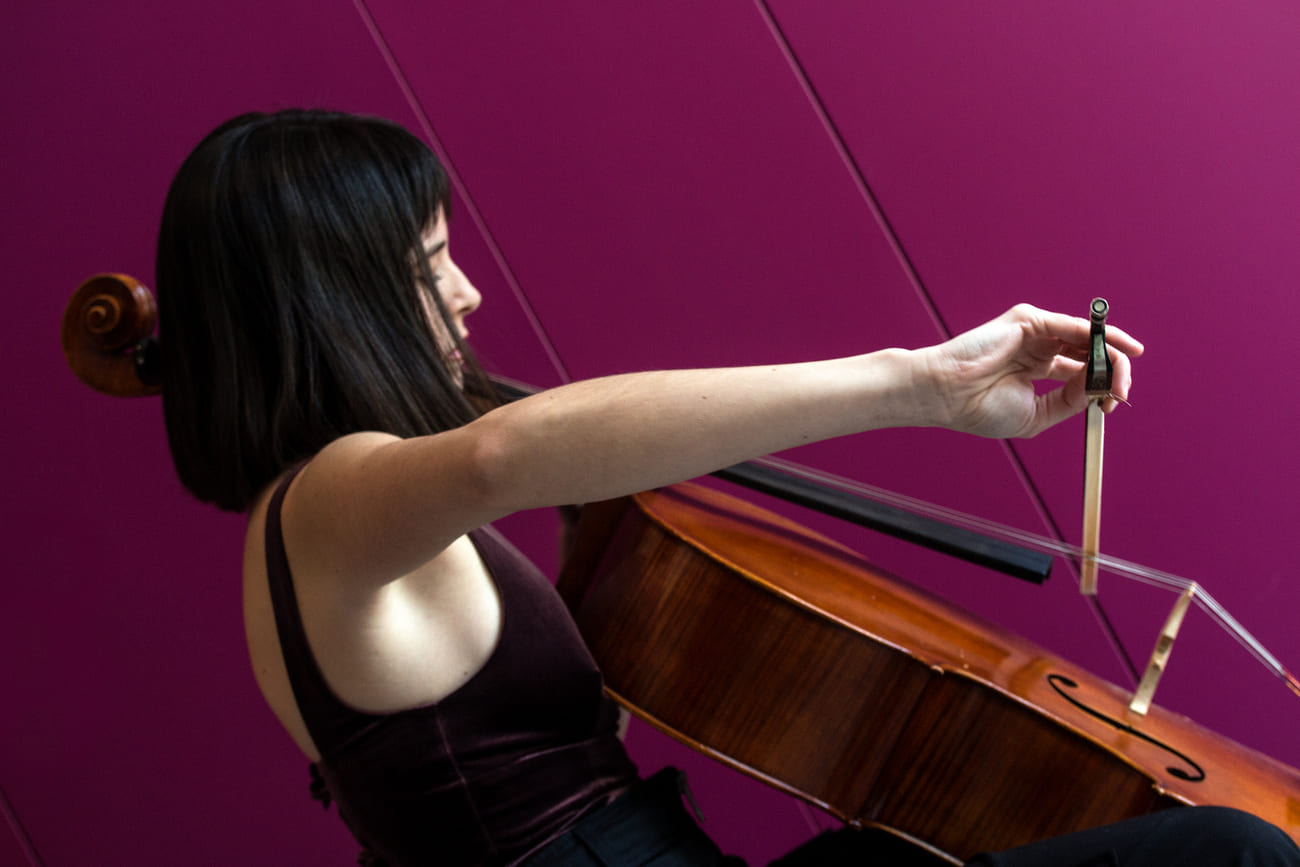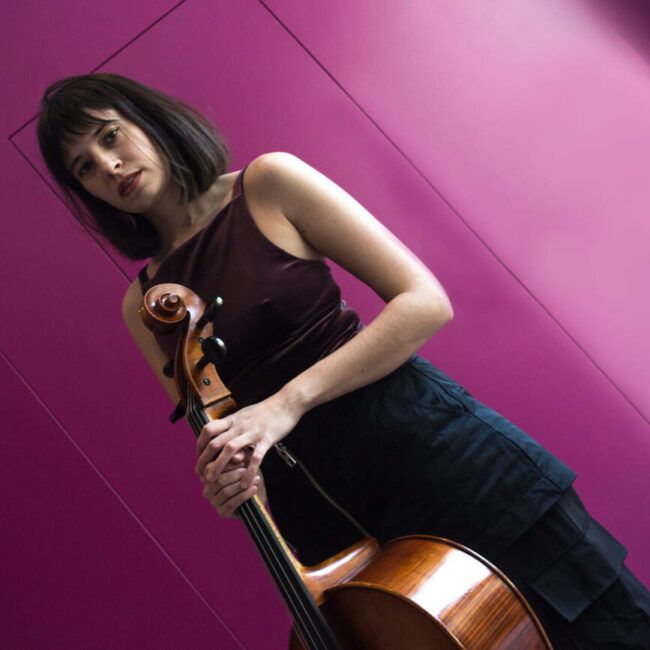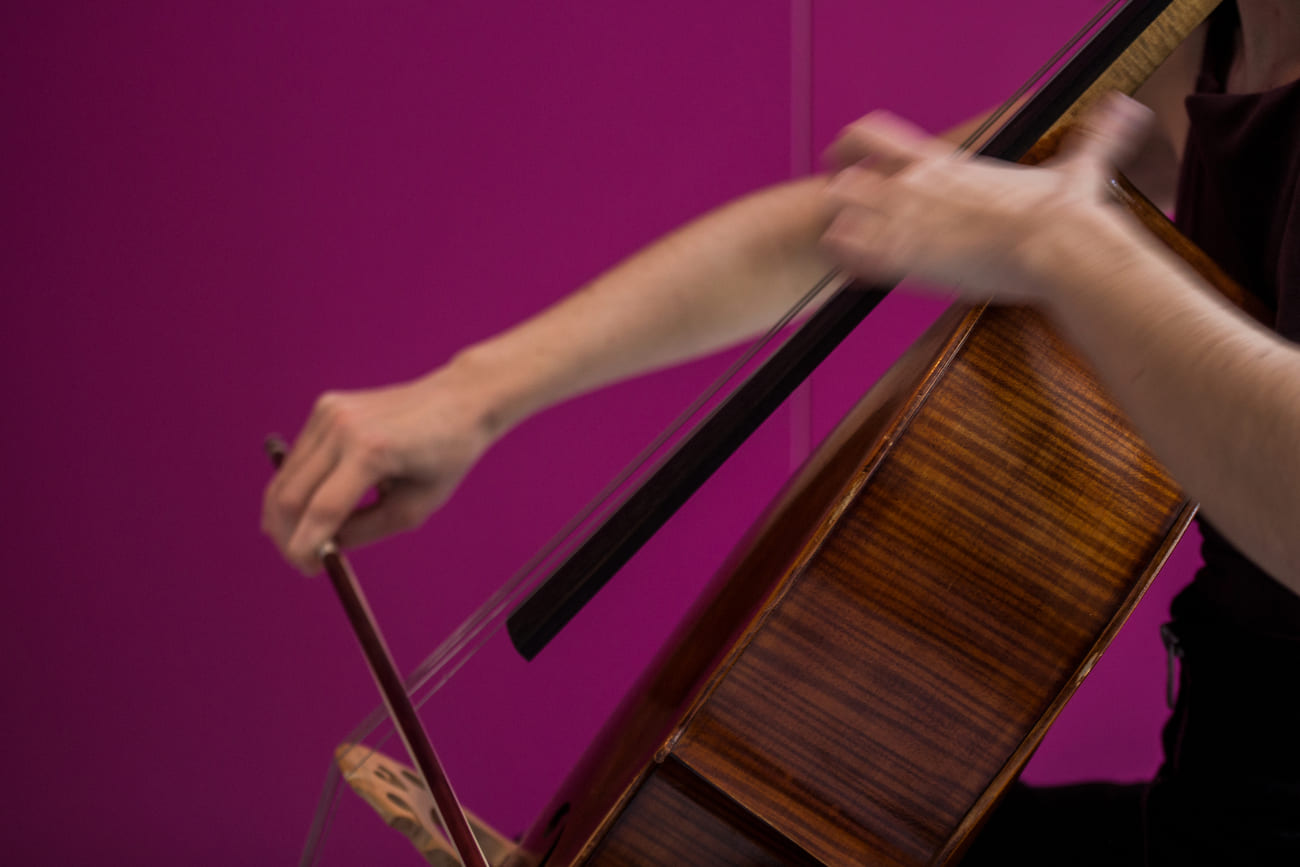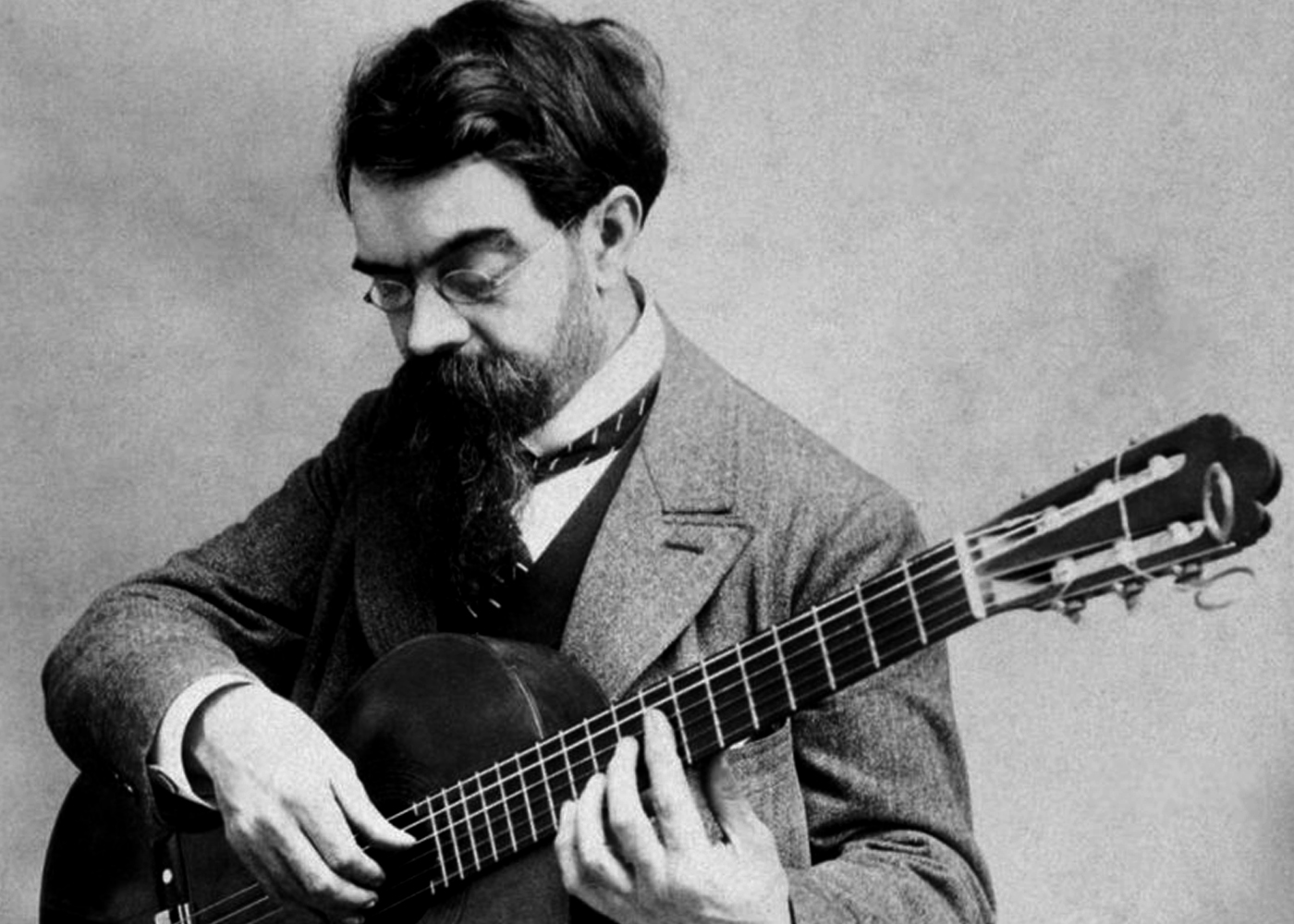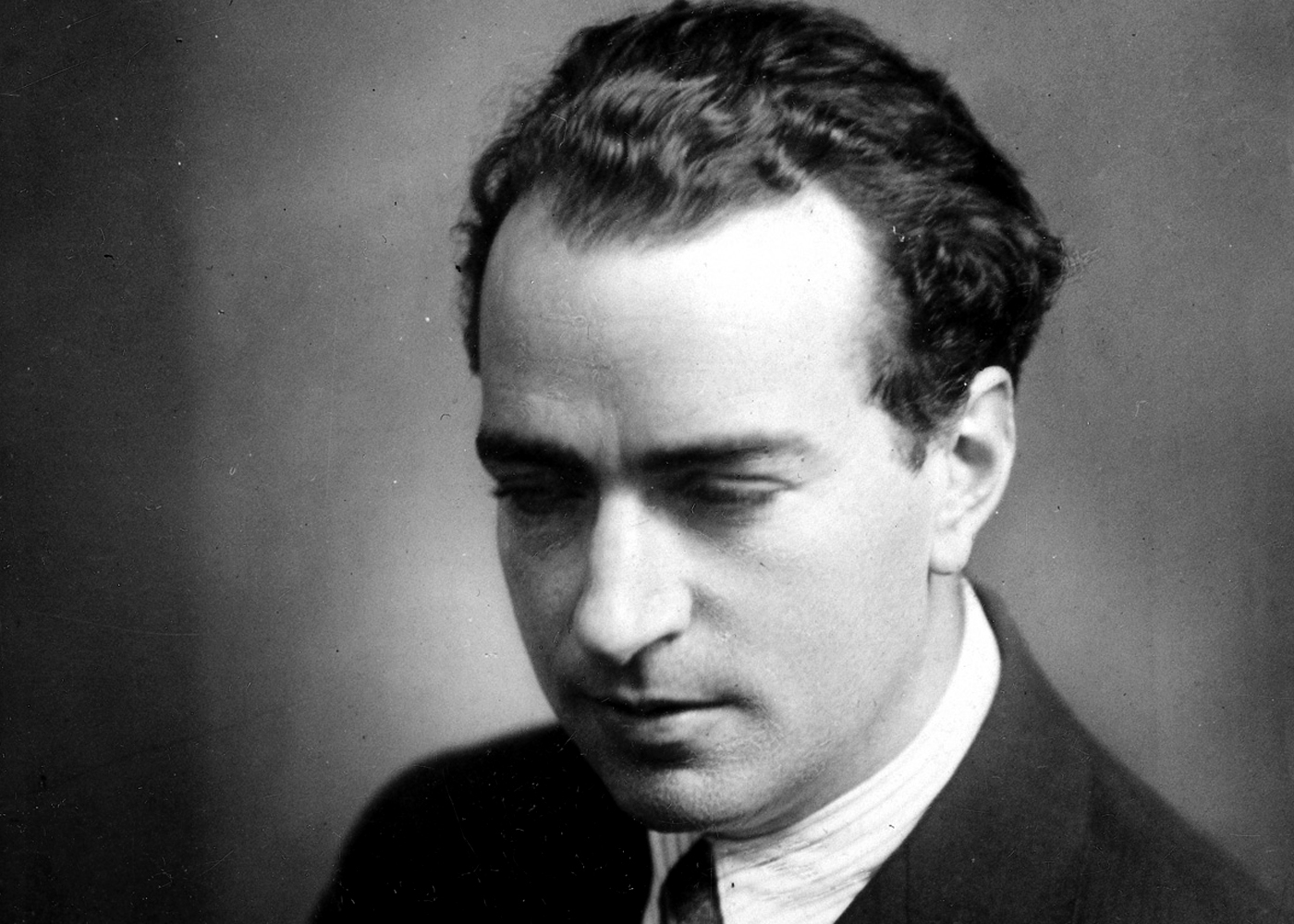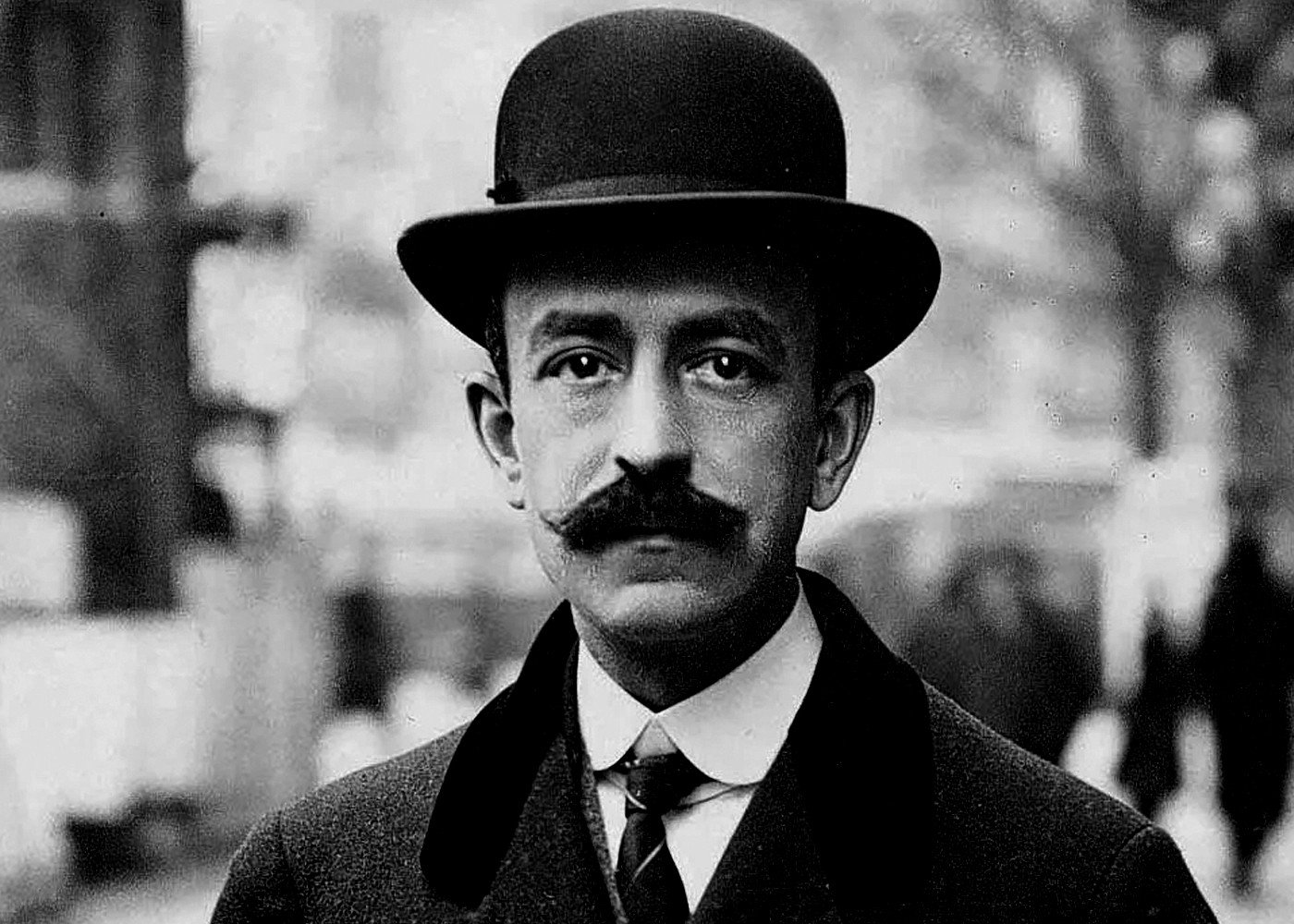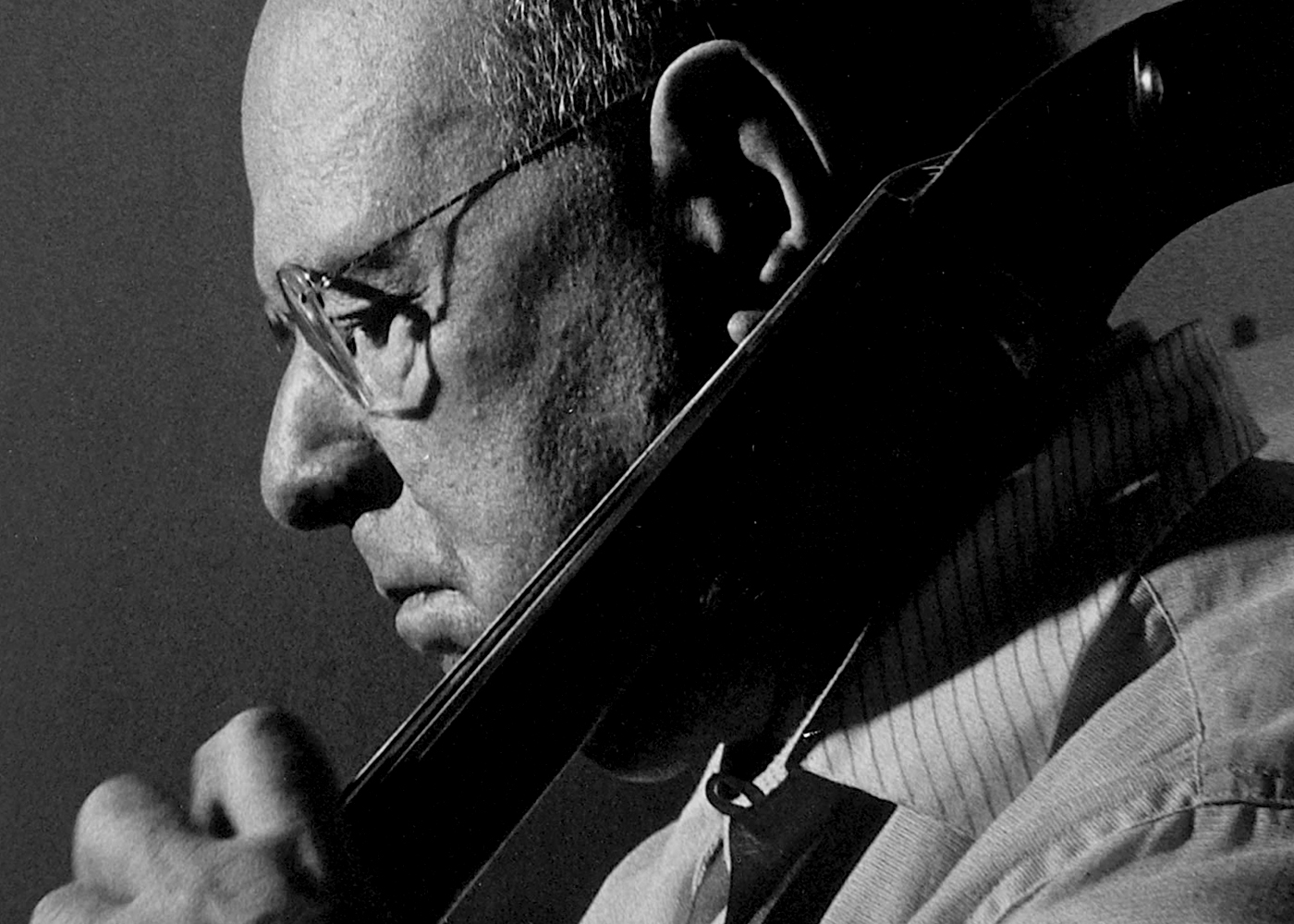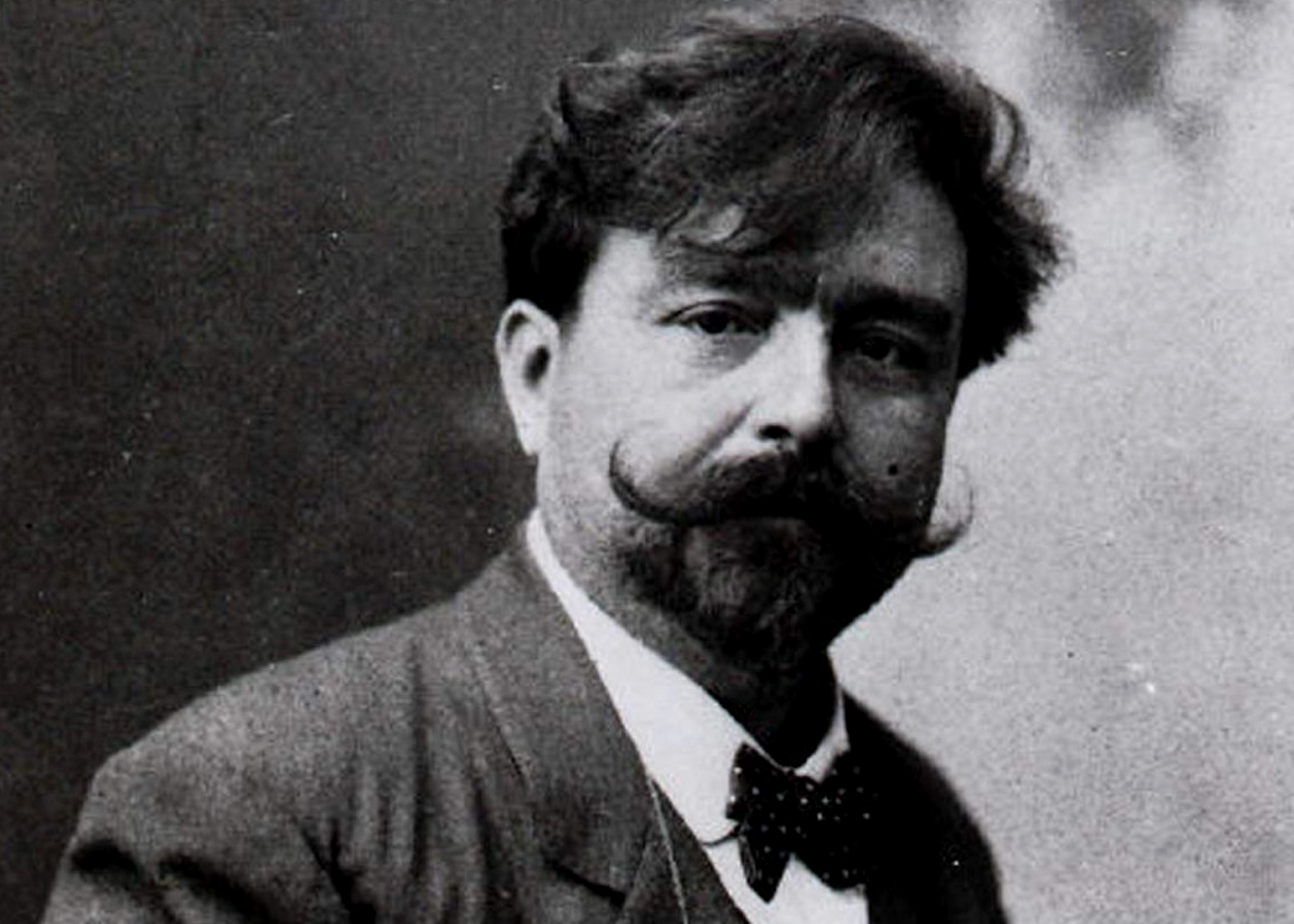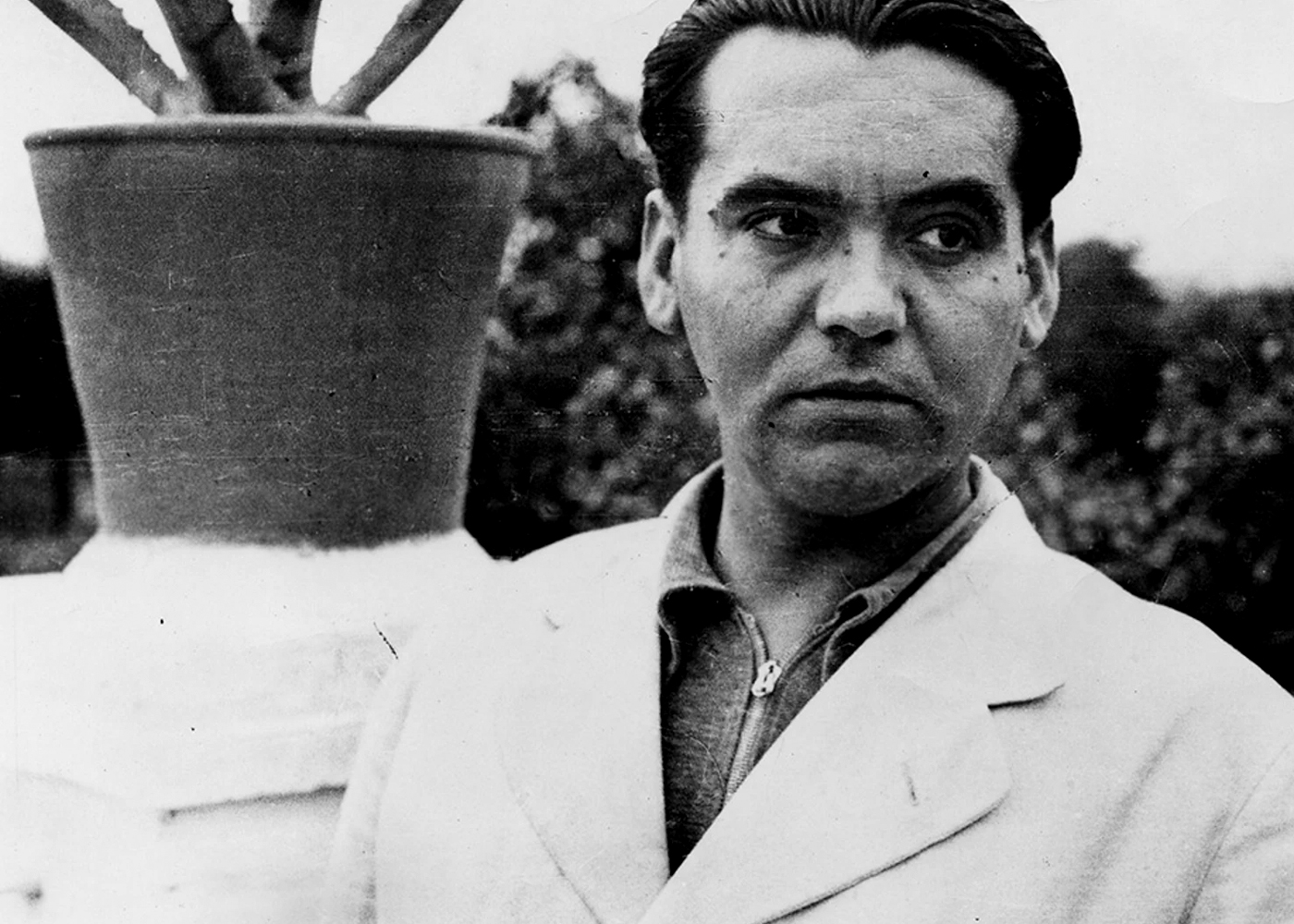








music without borders
Polis & Paideia
This musical project is woven together thanks to two words that represent the great legacy of Greek culture: “polis” (encounter) and “paideia” (culture). I believe that music, in addition to other purposes, has an interesting civic mission related to research, reflection, and the selection of repertoire.
In this narrative I am building, the term “Polis” (the encounter) emerges strongly. Far from the exclusionary meaning that is currently attempted to be attributed to the concept of a nation, the original meaning of the word refers to what is shared, to an infinite polyphonic conversation that protects us from any form of exclusion. For the encounter to happen, it is necessary to begin the journey in the past, a past that connects us to those roots full of spontaneity, expressiveness, purity, mystery, intensity, illusion... and magic.
The second word that emerges is “Paideia.” Starting with the idea that listening is always a form of hospitality because it contributes to harmonizing the diverse, to weaving together the unraveling, I wish to bring these Spanish sounds closer to other audiences. My musical polis has no borders; it is an infinite encounter and reencounter because, by sharing sounds, we cease to be strangers.
echoes of the cello
Polis&Paideia
I am excited to present the Suite for Cello Solo by Cassadó. Through this music, I want to bring out the emotional depth and delicate beauty of Cassadó’s composition. Unlike Huguet’s work, Cassadó’s piece continues to live in our imagination, so the approach is different. It is about reinterpreting it, making it my own—a work known to all of us?
captured in a click
Photographs
My vision
Concerts
Why do I choose to perform works that integrate what has been called “Spanish nationalism” (Isaac Albéniz, Manuel de Falla, Enrique Granados, Joaquín Rodrigo), as well as pieces from the so-called “Catalan school of cello” (Rogelio Huguet i Tagell, Gaspar Cassadó, and Paul Casals)?
The cited composers were students of Felipe Pedrell Sabaté; they all studied Spanish folk music, finding in the cante jondo the proper inspiration to start searching for a national or identity-driven music. This music was born from popular songs and rhythms, melodies, and scales that inevitably connect us to a different culture, yet not foreign: Islam, which is not perceived as an external thought, but as an integral part of the enriching symbiosis between the Hispanic and the Arab cultures, particularly in a setting like Andalusia.
The second musical path chosen is the one that claims the importance the cello had in Catalonia at the end of the 19th and beginning of the 20th centuries, thanks to great performers, educators, and composers who had ``created a school,`` following a tradition that dates back to the Baroque period of the late 17th century. These composers, like the former ones, also incorporated popular sounds from different places in our geography (Catalonia, Aragón, Andalusia) into a classical instrument.
upcoming
Program
Nana de Sevilla (Federico García Lorca)
Capricho árabe (Francisco Tárrega)
Hallucinations (Rogelio Huguet i Tagell)
Suite for cello solo (Gaspar Cassadó)
El cant dels ocells (Traditioneel Catalaans liedje) - Arrangement Pau Casals
First Spanish Suite for solo cello (Rogelio Huguet i Tagell)
II-Zarabanda
III-Flaménca
Seven spanish folks (Manuel de Falla)
Adagio


